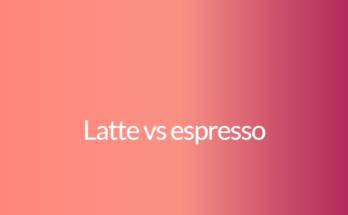Difference between Type 1 and Type 2 Diabetes
In this article, we will explore the differences between Type 1 and Type 2 diabetes. Both types of diabetes are chronic conditions that affect the way the body regulates blood sugar, but they have distinct causes, symptoms, and management strategies.
Introduction:
Diabetes is a metabolic disorder characterized by high levels of blood sugar (glucose). It occurs when the body either doesn’t produce enough insulin (a hormone that regulates blood sugar) or cannot effectively use the insulin it produces. There are two main types of diabetes: Type 1 and Type 2.
Differences between Type 1 and Type 2 Diabetes:
| Type of Diabetes | Cause | Symptoms | Treatment |
|---|---|---|---|
| Type 1 Diabetes | Autoimmune response destroys insulin-producing cells in the pancreas. | Increased thirst, frequent urination, unexplained weight loss, extreme hunger, fatigue. | Insulin injections, blood sugar monitoring, dietary management. |
| Type 2 Diabetes | Insulin resistance and/or reduced insulin production. | Frequent urination, increased thirst, blurred vision, slow healing of wounds. | Oral medications, insulin therapy, blood sugar monitoring, lifestyle changes (diet and exercise). |
Type 1 Diabetes:
Type 1 diabetes, also known as insulin-dependent diabetes or juvenile diabetes, is an autoimmune disease. The immune system attacks and destroys the insulin-producing cells in the pancreas. It usually develops in childhood or adolescence, but it can occur at any age. People with Type 1 diabetes require daily insulin injections to survive. They also need to carefully monitor their blood sugar levels, eat a balanced diet, and engage in regular physical activity. Type 1 diabetes cannot be prevented, and its cause is not yet fully understood.
Type 2 Diabetes:
Type 2 diabetes, also known as non-insulin-dependent diabetes or adult-onset diabetes, is the most common form of diabetes. It occurs when the body becomes resistant to the effects of insulin, or when the pancreas does not produce enough insulin to maintain normal blood sugar levels. Type 2 diabetes is often associated with obesity, sedentary lifestyle, and poor dietary choices. It typically develops in adults, but it is increasingly affecting children and adolescents due to rising obesity rates. Treatment for Type 2 diabetes involves lifestyle modifications, such as diet and exercise, oral medications to lower blood sugar levels, and in some cases, insulin therapy.
Conclusion:
While Type 1 and Type 2 diabetes share the common characteristic of elevated blood sugar levels, their causes, symptoms, and treatment approaches differ significantly. Type 1 diabetes is an autoimmune disease that requires lifelong insulin therapy, while Type 2 diabetes is often managed through lifestyle changes and medications. Both types of diabetes require regular monitoring of blood sugar levels and adherence to a healthy lifestyle. It is essential to consult with a healthcare provider for a proper diagnosis, individualized management plans, and ongoing support.



